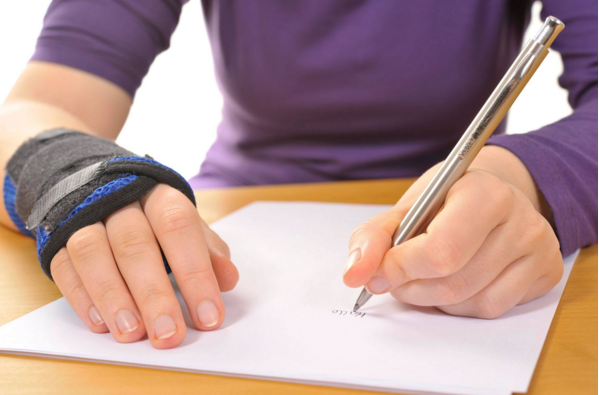For the first time, scientists have identified the genetic differences associated with left-handedness, a trait found in 10% of the human population. What's more, those genetic variants result in differences in brain structure, which might mean that left-handed people have better verbal skills than the right-handed majority.
While previous research into twins has indicated that genes are at least partially responsible for controlling hands, the new study, conducted by scientists from the University of Oxford , is the first to identify which genetic variants separate the lefties from the righties.
The research could suggest a potential correlation between left-handedness and superior verbal skills, said Akira Wiberg, a Medical Research Council fellow at the University of Oxford who worked on the study. "This raises the possibility for future research that left-handers might have an advantage when it comes to performing verbal tasks," he said in a news release. Further research must be conducted to test this potential advantage, according to Gwenaëlle Douaud, joint senior author of the study. "We need to assess whether this higher coordination of the language areas between left and right side of the brain in the left-handers actually gives them an advantage at the verbal ability. For this, we need to do a study that also has in-depth and detailed verbal-ability testing," she said.
Funded by the UK's Medical Research Council and Wellcome, a UK medical research charity, the researchers studied the DNA of 400,000 people, including 38,332 left-handers, from the UK Biobank, a database comprising the health information of volunteers across the country.
They isolated four genetic regions associated with left-handedness; three of those regions were linked to proteins that influence brain structure and development. Specifically, the proteins were connected to microtubules, a component of cell "scaffolding". The cytoskeleton determines the structure of cells, as well as the way they operate within the body. Previous research has demonstrated the cytoskeleton's influence on "left-right asymmetry" in other species. "Many animals show left-right asymmetry in their development, such as snail shells coiling to the left or right," Douaud said.
本时文内容由奇速英语国际教育研究院原创编写,未经书面授权,禁止复制和任何商业用途,版权所有,侵权必究!(作者投稿及时文阅读定制请联系微信:400-1000-028)
